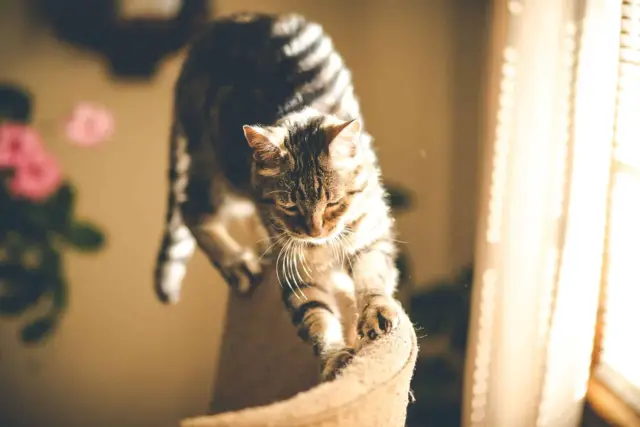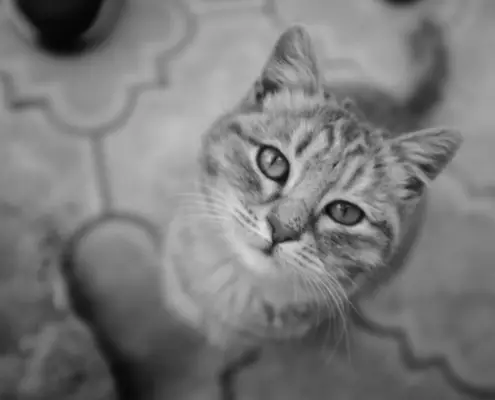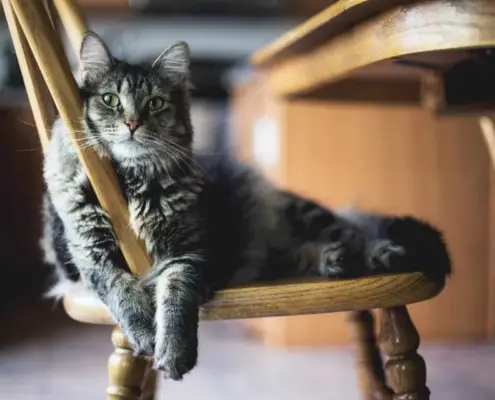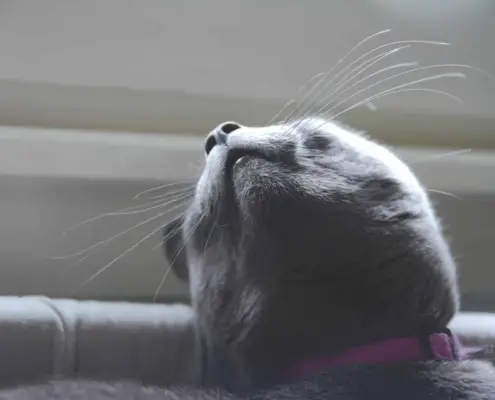
Cats are fascinating creatures known for their agility and sharp claws. One of the most intriguing aspects of a cat’s anatomy is their ability to retract their claws. This unique feature allows cats to keep their claws hidden when they are not needed, enabling them to move silently and stealthily. In this article, we will delve into the science behind cat claw retraction, exploring the anatomy of a cat’s paw and the mechanics involved in the extension and retraction of their claws.
Anatomy of a Cat’s Paw
To understand how cats retract their claws, it is essential to examine the anatomy of a cat’s paw. A cat’s paw consists of several components that work together to facilitate movement and provide stability. At the core of the paw are the metacarpal bones, which connect the wrist to the digits. Each digit is equipped with a claw, encased in a protective sheath called the claw sheath. This sheath keeps the claws sharp and prevents them from getting damaged when not in use.
The Role of Tendons in Cat Claw Retraction
Tendons play a crucial role in cat claw retraction. Tendons are tough, fibrous tissues that connect muscles to bones and are responsible for transmitting forces generated by muscle contractions. In a cat’s paw, the flexor tendons are responsible for retracting the claws. These tendons run along the underside of the paw and attach to the base of each claw. When the flexor muscles contract, they pull on the flexor tendons, causing the claws to retract into the protective sheath.
Understanding the Function of the Flexor and Extensor Muscles
To fully comprehend cat claw retraction, it is necessary to understand the function of both the flexor and extensor muscles. The flexor muscles, located in a cat’s forearms, are responsible for retracting the claws. These muscles contract, pulling the flexor tendons and causing the claws to retract. On the other hand, the extensor muscles are responsible for extending the claws. When a cat wants to extend its claws for scratching or climbing, the extensor muscles contract, pulling the claws out of the protective sheath.
The Mechanics of Cat Claw Extension and Retraction
The mechanics of cat claw extension and retraction are a remarkable interplay of muscles, tendons, and bones. When a cat is at rest, the flexor muscles are relaxed, allowing the claws to remain retracted within the sheath. However, when a cat needs to use its claws, such as during hunting or climbing, the flexor muscles contract, pulling the flexor tendons and extending the claws. This extension is possible due to the elastic properties of the tendons, which store and release energy like a spring.
Factors that Influence Cat Claw Retraction
Several factors influence cat claw retraction, including the cat’s age, health, and emotional state. Younger cats tend to have more flexible tendons, allowing for smoother and more efficient claw retraction. Additionally, cats with good overall health and muscle tone are likely to have better claw retraction abilities. Emotional factors, such as fear or aggression, can also influence claw retraction. When a cat feels threatened, their claws may extend involuntarily as a defensive mechanism.
Evolutionary Advantages of Cat Claw Retraction
Cat claw retraction has evolved as a highly advantageous adaptation. The ability to retract their claws gives cats a significant advantage when hunting, allowing them to move silently and catch prey with precision. Retractable claws also protect the claws from wear and tear, ensuring they remain sharp for hunting and self-defense. Furthermore, retractable claws minimize the risk of injury during social interactions, as cats can keep their claws retracted during play or grooming.
Common Misconceptions about Cat Claw Retraction
There are several common misconceptions about cat claw retraction that need to be addressed. One prevalent misconception is that cat claws are always sharp and extended. However, in reality, a cat’s claws remain retracted most of the time, only extending them when needed. Another misconception is that declawing a cat is a harmless procedure. Declawing is a painful and invasive surgery that involves amputating the last bone of each toe. It is essential to explore alternative options, such as regular nail trimming and providing appropriate scratching surfaces, to ensure a cat’s well-being.
How to Care for a Cat’s Claws
Proper care of a cat’s claws is crucial to their overall health and well-being. Regular nail trimming is essential to prevent overgrowth and discomfort. It is important to use specialized cat nail clippers and avoid cutting into the quick, which is a sensitive area within the claw. Providing appropriate scratching surfaces, such as scratching posts or boards, can help redirect a cat’s natural instinct to scratch and prevent damage to furniture. Additionally, regular check-ups with a veterinarian can ensure the claws and paws are in good condition and address any potential issues promptly.
Final Thoughts
Cat claw retraction is a fascinating phenomenon that showcases the intricate design of a cat’s anatomy. Understanding the science behind cat claw retraction can help cat owners appreciate the unique abilities of their feline companions. From the role of tendons in claw retraction to the mechanics involved in extending and retracting claws, every aspect of a cat’s paw contributes to their agility and stealth. By providing proper care and understanding the evolutionary advantages of retractable claws, cat owners can ensure their feline friends lead happy and healthy lives.
If you enjoyed my article, I would appreciate you sharing it with your network.

Sima Ndlebe
Sima writes for CatBuzz. He is interested in Cats, Health and Fitness, and Entrepreneurship.
Published: 6 December 2023



